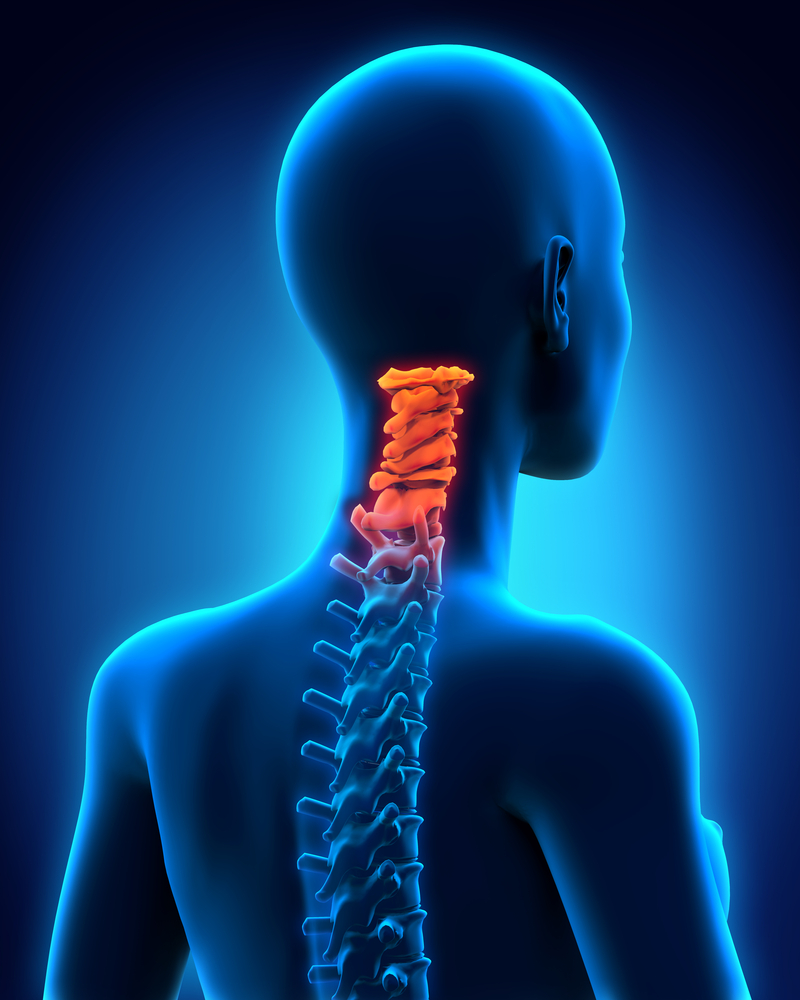In a new study entitled “Cervical spine involvement in rheumatoid arthritis over time: results from a meta-analysis,” the authors performed a retrospective analysis of lesions to the cervical spine in rheumatoid arthritis patients. The analysis was performed to evaluate the progression and prevalence of cervical spine complications due to rheumatoid arthritis in the last 50 years. The study was published in the journal Arthritis Research & Therapy.
Rheumatoid arthritis (RA) is a chronic inflammatory disease that most commonly affects the small joints in the hands and feet; however, the cervical spine can also become affected by patients displaying various symptoms: vertebral endplate erosions, spinous process erosions, and alterations to apophyseal joints (those hinge-like joints that allow the flexion, extension and torsion of the spine), including osteoporosis, blurring and fusion.
With RA treatments improving over the years, RA-related complications have been decreasing. In this study, authors performed a retrospective study to determine the impact of RA-associated cervical spine complications over the past 50 years. Specifically, they focused on determining the prevalence and progression of anterior atlantoaxial subluxations (aAASs), vertical subluxations (VSs), subaxial subluxations (SASs), and associated cervical myelopathy in RA patients. To this end, authors performed a literature search for studies published since 1960 to June 2014 in the following databases – Medline-OVID/EMBASE, PubMed, and Scopus. They pre-established a criteria for including studies – they analyzed either studies with at least 100 patients or when there was reporting of prevalence and progression of cervical subluxations.
In total, the researchers analyzed 59 studies and determined that the prevalence of aAAS decreased since the 1980s, registering at this time 36% and now 24%; other cervical injuries showed no significant changes with time, with the overall prevalence rates registering 11% for VSs; 13% for SAS and 5% for cervical myelopathy.
The authors highlight that this is the first study evaluating in a systematic manner the prevalence and progression of cervical subluxations and cervical myelopathy in patients with RA. Although they recognized limitations to their study, they report that aAAS was the only cervical-related condition that significantly decreased since the 1960s. The authors suggest as possible reasons for this decrease improved disease control with modern disease-modifying antirheumatic drugs (DMARDs) but note that aAAS remains the most common lesion, with a prevalence of 27%. Other cervical conditions, including cervical myelopathy as well the rate of cervical subluxations and myelopathy, showed a slight or none reduction throughout time, respectively, even with DMARDs.


